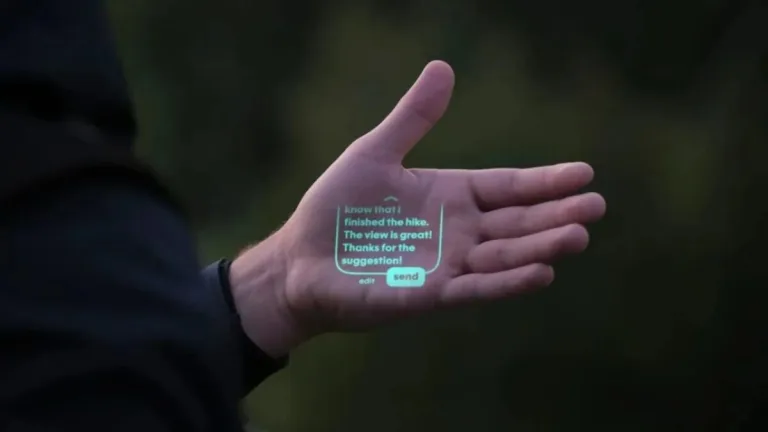A good game for a great cause
Fly across the stars in your custom spaceship collecting minerals and blowing up asteroids while helping in the (real life) fight against cancer.
Fly through
Play to Cure: Genes in Space is sci-fi game that cleverly uses gamers to help with cancer research. However, this is not a game about cancer. This is a game that takes place hundreds of years into the future and set in the far away reaches of the stars. In the future, humanity revolves around the use of a precious resource called Element Alpha. As a pilot, you are tasked with flying your spaceship and collecting the element.
Prior to each flight in Play to Cure, you are shown a map that shows where there are concentrations of Element Alpha. You plan out your path by leaving markers across the map that help you bring in the most of the element. After you've begun flying, the markers you placed appear as rings which you fly your ship through. During the flight, asteroids occasionally appear which can be shot down with your ship's cannons. Towards the end of your run, you'll either take off into warp speed or enter an asteroid belt where you'll shoot more rocks while trying to collect items that add to your XP.
The Element Alpha that you collect can be exchanged for cash after the match. However, the value of Element Alpha fluctuates meaning that you might be better off waiting a bit for the exchange rate to go up. The ship itself is incredibly customizable and one of the best parts of Play to Cure. Ship parts such as its engine, weapons, and intake can be upgraded through a mix of your game level and cash. The color of the ship can also be changed at no cost meaning that as your progress, your ship never becomes boring or redundant to look at it.
Play to Cure has good graphics and provides a variety of scenery including different planets and stars so you're not likely to get bored playing through identical levels. Sound effects for the game are straight out of any classic sci-fi flick: there are plenty of beeps, laser sounds, R2-D2esque robotic noises. Each time you fly, an upbeat techno song plays in the background.
How to fly
The controls for Play to Cure are simple and easy to pickup. You have two options for flying your ship: control by tilting the screen or by using a touch screen interface with two buttons on either side of the screen.
To fire your gun, simply touch the screen. There's no need to worry about aiming because your ship will automatically lock onto the asteroid. When there are multiple asteroids on screen, you figure out where you're aiming by looking at the reticle which automatically lock onto one of the space rocks.
The tilt screen controls work surprisingly well and are slightly easier to use due to the firing scheme.
How does it work?
Scientists are overloaded with cancer data and need human eyes to sort through it: this is where you come in. When you're plotting your course to collect Element Alpha, you are actually picking out points on a "DNA microarray" where cancers cells might be. These points are analyzed and can help alert scientists to any pertinent information.
While you are soaring through space collecting Element Alpha, Play to Cure is using processing power to help analyze and process the data. Occasionally the game will update you as to how many cancer samples you've helped analyze. For more information on how the game works, check out Cancer Research UK's official website.
Join the fight!
Overall, the technology behind Play to Cure is incredibly clever and hopefully will lead to more innovation involving these types of games. Although its not not by any means the greatest sci-fi game, you won't be bombarded by advertisements or prompts for ingame purchases and it's still quite fun to play.










User reviews about Play to Cure: Genes In Space